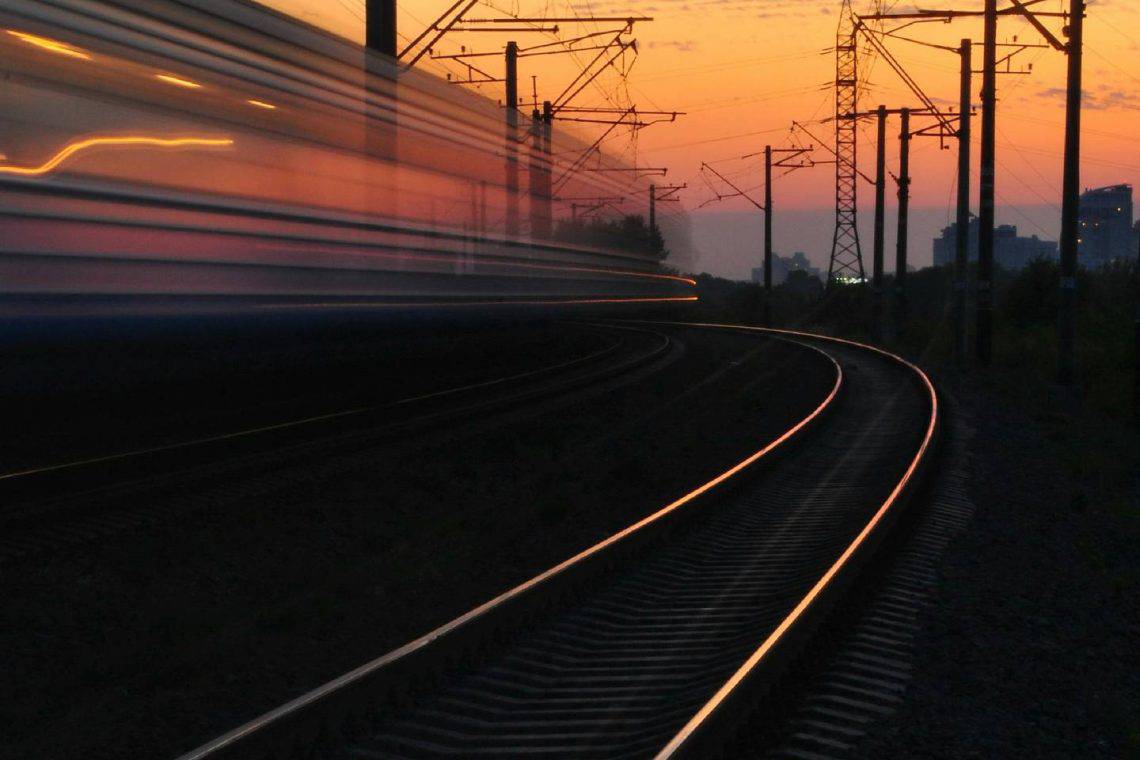In a dramatic court decision on October 9, 2025, a Pretoria high court ordered CRRC E-Loco Supply to hand over critical locomotive spare parts it had withheld amid a long-running contract dispute. The move could allow Transnet to place hundreds of idled locomotives back into service—if it survives further legal challenges.
The roots of this conflict trace back to a R54.4 billion locomotive contract signed in 2014. Once heralded as a modernization blueprint, it instead became entangled in corruption claims, delivery delays, and maintenance shortfalls. Freight volumes fell from 226 million metric tons in 2017/18 to 160 million in 2024/25, underscoring how severe the fallout has been.
The Court Order: What It Demands
The court has given CRRC just five days to deliver the withheld spares to Transnet for inventory and deployment. These parts, stored in two Pretoria warehouses, had been locked up after Transnet unilaterally terminated the original 2014 agreements in 2022, citing procedural irregularities. Transnet argues it already paid for the spares, and their retention by CRRC amounts to wrongful withholding. Reuters
This judgment builds on a previous interdict issued in July 2025, which barred CRRC from selling or relocating the parts. That earlier court order targeted spares tied to 161 electric locomotives supplied by CRRC, units that have been largely idle since 2023. Transnet engaged BT Alstom as a “step-in” OEM to begin maintenance work where possible. Engineering News
However, CRRC has responded by halting maintenance support to Transnet—raising the risk that, even if parts arrive, integration and service will be compromised. Legal observers warn that appeals could stretch the dispute into 2026, prolonging the standoff. Bizcommunity
A Decade-Long Breakdown: Key Milestones
- 2014: Transnet signs a R54.4 billion locomotive deal with four OEMs, including CRRC, amid influence-peddling concerns.
- 2022: A court nullifies the contracts; Transnet stops further payments and demands refunds or delivery.
- 2023: CRRC withholds spare parts, sidelining 161 locomotives. Freight throughput begins a steep decline.
- July 2025: Interdict prevents CRRC from moving or selling the parts.
- October 2025: The court mandates the immediate release of parts, though full deployment will take time.
Through this timeline, a pattern emerges: corruption scandals undercut procurement integrity, underinvestment weakened asset resilience, and logistical failures rewarded truck transport over rails. Meanwhile, infrastructure vandalism and theft have compounded the crisis. By 2025, Transnet’s debt load is estimated at R151 billion, with daily losses often exceeding R1 billion during peak disruption periods. Engineering News
Operational Ripple Effects: Can Rail Recover?
Transnet’s failures have rippled across the logistics network. Coal, iron ore, agricultural exports and other bulk goods have increasingly shifted to road transport, raising costs and congestion. Key ports—especially Durban, responsible for much of South Africa’s container traffic—face chronic backlogs. In 2023 alone, weather-related disruptions left 60 000 containers stranded. Mining MX
Reactivating even 100 locomotives could yield a 10–15% capacity lift, according to industry analysts, easing port dwell times and unlocking freight flow. But obstacles remain: theft of cables and parts, aging signaling systems, and deferred infrastructure upgrades all threaten to erode potential gains. Reuters
Trade Vitality: An Export Reprieve?
South Africa’s export sectors—minerals, agriculture, automobiles—have borne the heaviest cost. For example, Kumba Iron Ore lost R6 billion in first-half earnings in 2023 due to rail delays. Fruit exporters report losses around R1 billion in 2024 from disruptions at Cape Town. News24
If spares are deployed swiftly, analysts project a 5–7% freight uplift by mid-2026, recapturing R20–30 billion in lost trade value. This lines up with government bailouts in recent years and efforts to reenergize rail-led logistics. Bizcommunity
Global Resonance: Infrastructure as Leverage
The CRRC–Transnet saga resonates beyond South Africa. It echoes infrastructure tensions seen in global trade policies, particularly where sourcing from dominant exporters carries geopolitical risk. Some observers view this as a cautionary tale: opting for diversification over dependency. Reuters
From the perspective of global infrastructure financiers, the ruling exposes the stakes of non-transparent deals and sovereign recourse. For supplier nations, it underscores the reputational risk of being perceived as withholding on delivery or support—even after payments have been made. Engineering News
Voices from Ground Level: Real Costs, Real Lives
For exporters and logistics players, the pain has been personal. “Delays at Cape Town cost us R1 billion last season—perishables went to waste,” said one fruit grower. Mining executives lament the knock-on effects in retrenchments and suspended community programs. Truckers stranded for days testify to shattered revenue and fractured trust.
“Transnet’s collapse crippled small businesses — theft and inefficiency stole our edge,” said a logistics consultant.
These stories highlight that the court order is more than legal theater—it’s a possible turning point for livelihoods. But until parts move, locomotives roll, and contracts stabilize, optimism must be cautious.
South Africa now stands at an inflection point. The ruling may mark the end of one locomotive nightmare—but without decisive execution, reform, and accountability, another derailment could stall the country’s freight and trade ambitions once again.
